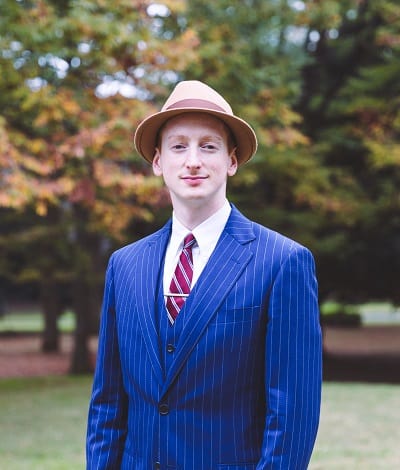1. Prelude
Hello everyone and welcome to my article on Itō Jakuchū. In this article, I will talk about Itō Jakuchū, his life and his ukiyo-e piece of art.
Please, enjoy your reading and don’t hesitate to comment. If I made any mistake, I will do my best to correct it as quickly as possible.
Summary
- Prelude
- Itō Jakuchū
- Etymology of Itō Jakuchū name
- Itō Jakuchū early life
- Itō Jakuchū artist life
- Itō Jakuchū art work
- Itō Jakuchū end of life
- Conclusion
2. Itō Jakuchū
Itō Jakuchū (伊藤 若冲) is born in 1716 March 2 and died in 1800 October 27. He is a renowned Japanese artist, ukiyo-e master and japanese painter during Edo period.
3. Etymology of Itō Jakuchū name
As you can see this word is composed of 4 characters (4 kanjis):
- The first kanji is 伊 which means “that one” and his reading is “i”.
- The second kanji is 藤 which means “wisteria” and his reading is “tō”.
- The third kanji is 若 which means “youth” and his reading is “jaku”.
- The third kanji is 冲 which means “rise high into sky” and his reading is “chū”.
4. Itō Jakuchū early life
He was born as the eldest son of a whale shop in Kyoto, which seems to have been a wealthy family.
He had a younger brother and sister, but when Jakuchu was 34 years old, his father passed away and he succeeded the wholesale store of the family business.
However, because he was not a good businessman, some problem occured with the family business. it seems that during this period, Jakuchū decided to retire to the mountains of Tanba for two years. Because of that, it became rumored that “Jakuchū died of illness”, and that some people planned to rob the wholesaler of the blue-cloth.
Jakuchu who knew the situation raised a lawsuit, brought down the matter, kept the stock from being robbed and retired. He took care of the store until 40 years old, then left the family business to his brother.
While taking care of the family business, he learned from the Kano school, he began drawing and drawing thoroughly the animals and plants around him. Besides painting, he turned his eyes away from family life and never had a wife or a child.
5. Itō Jakuchū artist life
After creating his own atelier along the Kamo river, he met and become friend with Daiten Kenjō (a Rinzai monk) who will become abbot of the Kyoto temple Shōkoku-ji. With his connection to the temple, Jakuchū will be able to see the large collection of painting and ukiyo-e they possessed. Also, Jakuchū gained access to a new social and artistic circles thanks to Daiten.
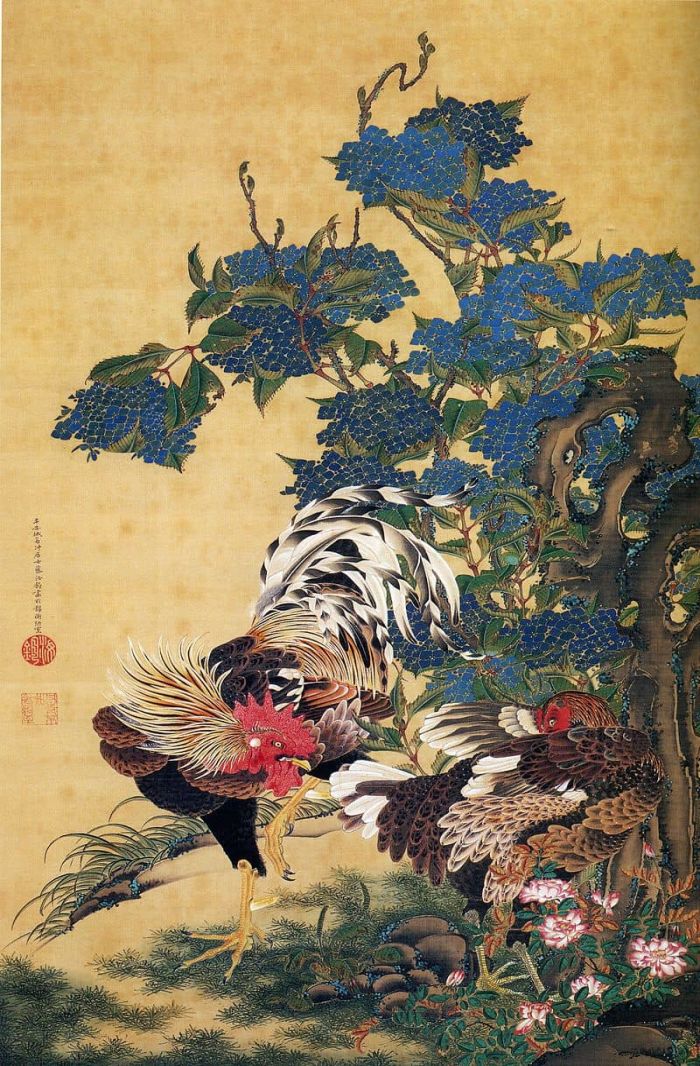
In kyoto art world, he became very famous and well-known, he realized many screen painting commissions. He was also featured in the Record of Heian Notables (平安人物誌) which is a book recording notable artist in kyoto. He realized many work for many religious temple and shrine, including the very famous and important Rokuon-ji (the monastery which includes the Kinkaku-ji Golden Pavilion on its grounds).
6. Itō Jakuchū art work
His main theme is birds with a liking toward chickens and roosters, he also draw cockatoos, parrots, and phoenixes.
His most famous and time consuming work is known as the “Pictures of the Colorful Realm of Living Beings” (動植綵絵, Dōshoku sai-e). This work begun around 1757 and finished around 1765, this is a set of twenty-seven prints for an offering to the Shōkoku-ji temple. They depict in great details and scale a number of animals.
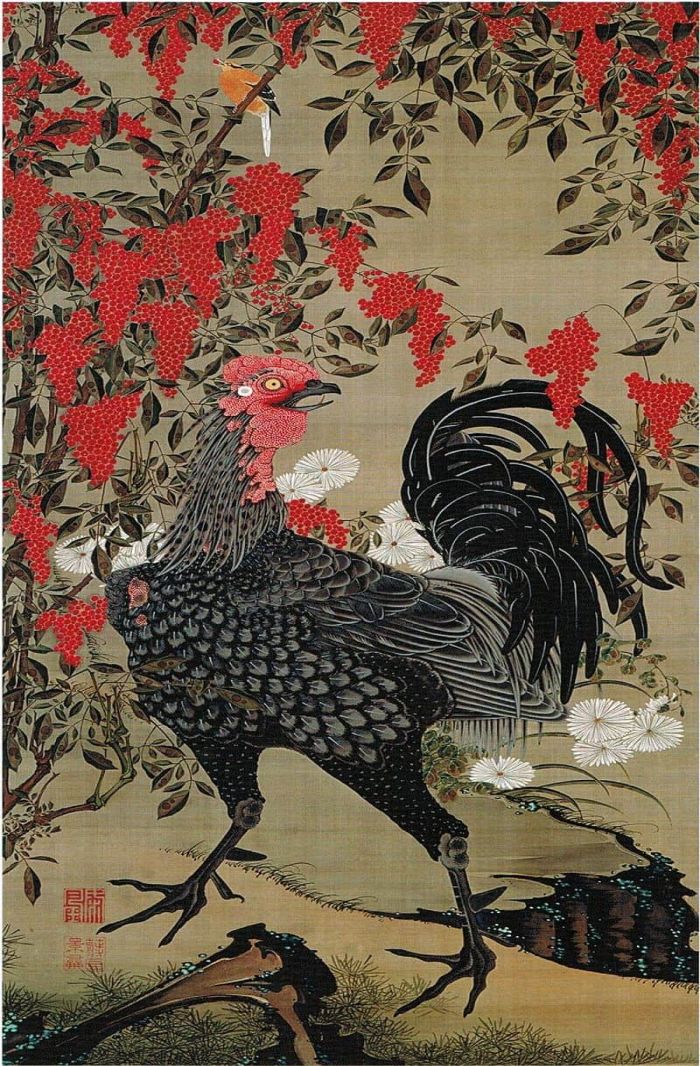
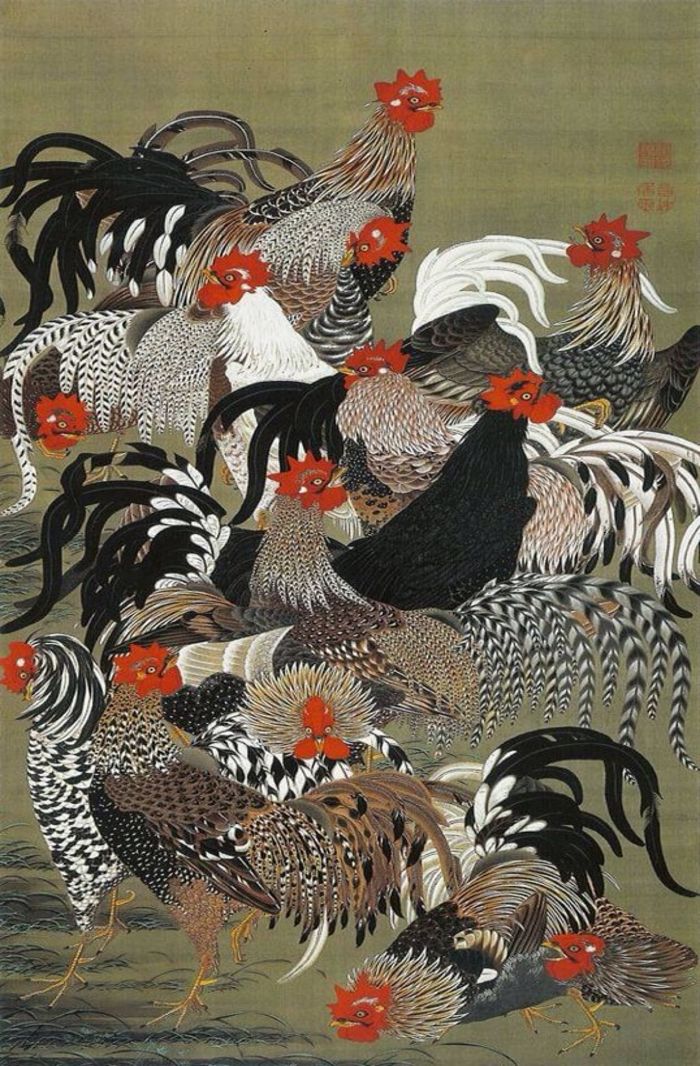
Another of his famous pieces is “Birds and Animals in the Flower Garden” (鳥獣花木図屏風, Chōjūkaboku-zu byōbu), this is a modern-looking art work. The uniqueness of this piece is the composition of square of around 1 centimeter which are assemble in a grid shape, therefore creating a “pixelated” effect.
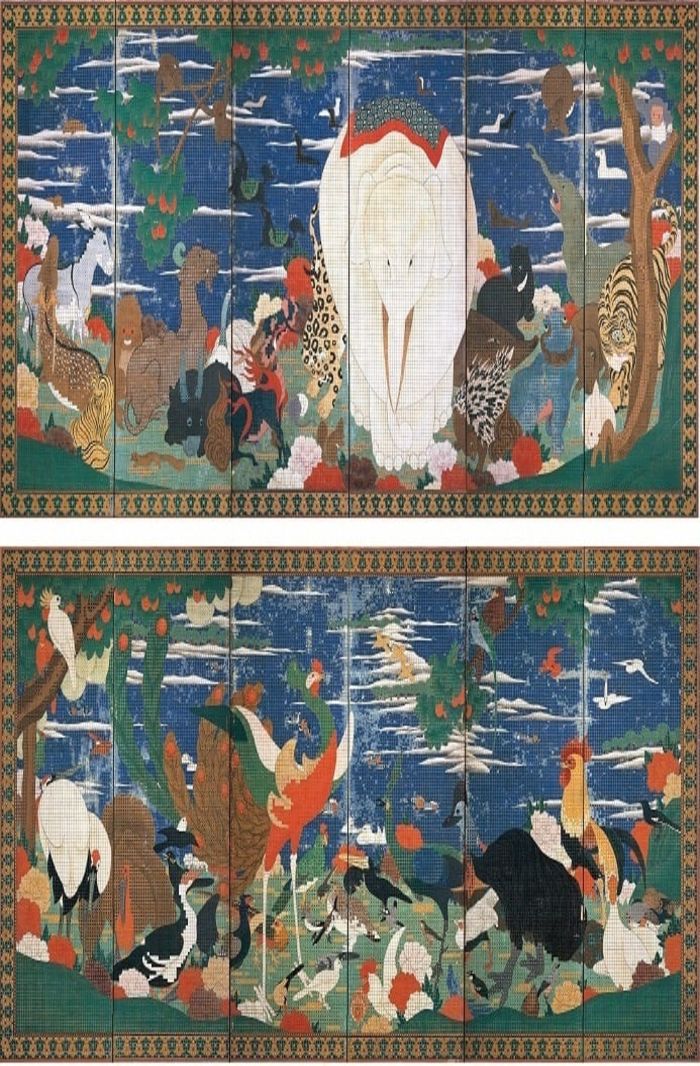
The Jakuchū gafu (若冲画譜, Album of Jakuchū) is a flowers series, each piece is drawn in a circle.
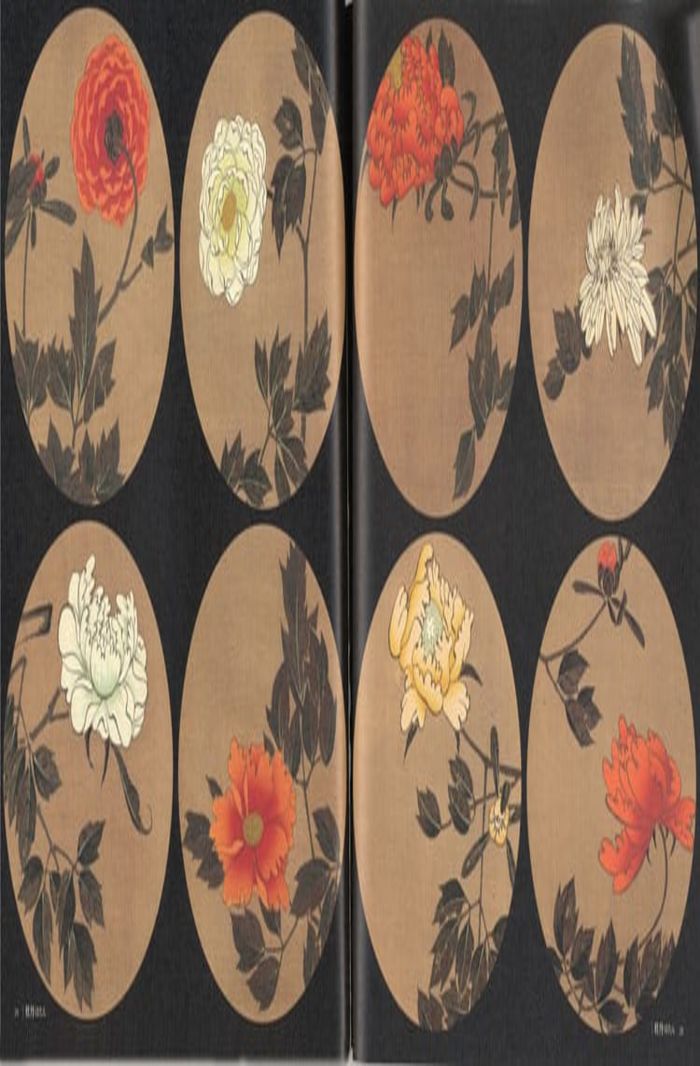
7. Itō Jakuchū end of life
Despite his individualism and involvement in the scholarly and artistic community of Kyoto, Jakuchū was a religious man, and retired towards the end of his life to a Buddhist temple. There, he gathered a number of followers, and continued to paint until his death at the age of eighty-five.
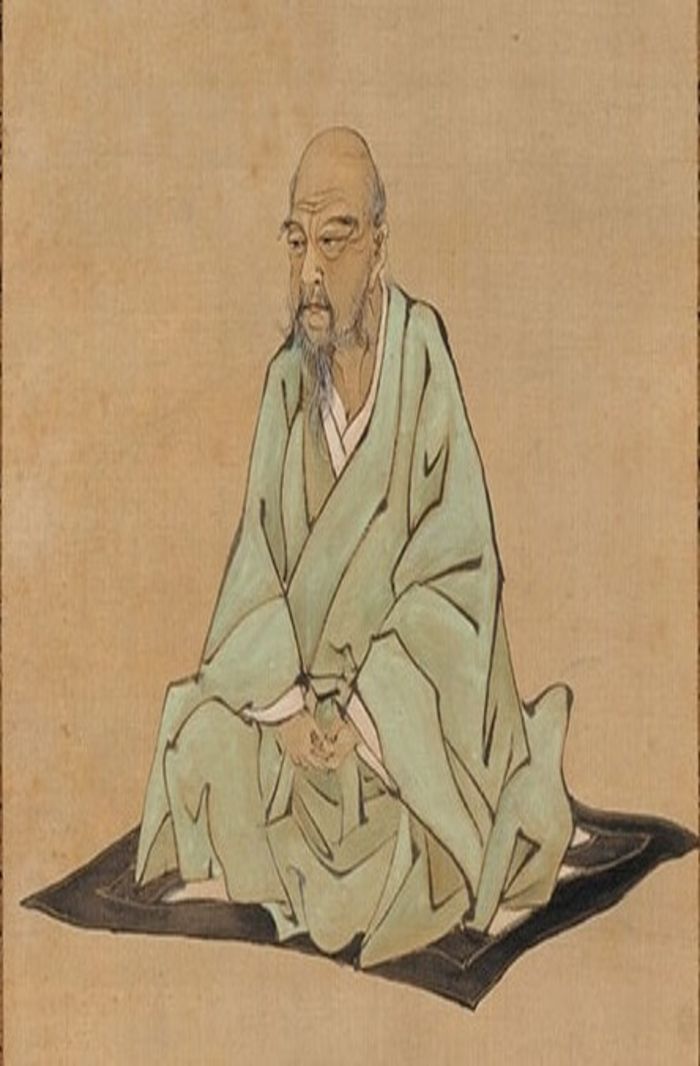
8. Conclusion
Itō Jakuchū was a famous artist in the Kyoto community which specialized in bird and flower ukiyo-e and paintings. From business man to renowned ukiyo-e master, he donated a lot of his art piece to Buddhist temple.
For website touring visitor:
When you have finished reading this article, please, take a look at my portfolio.

